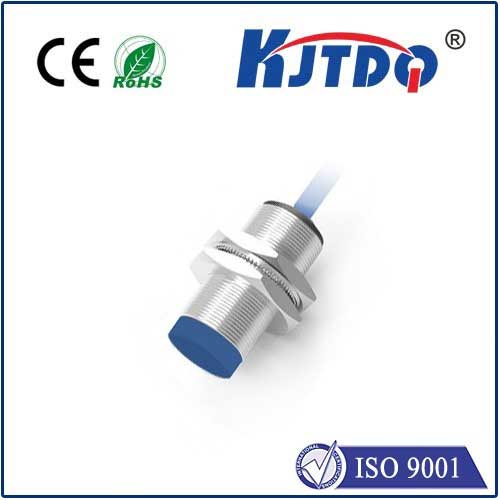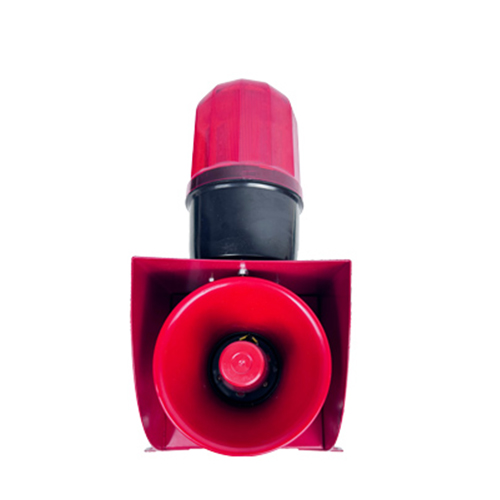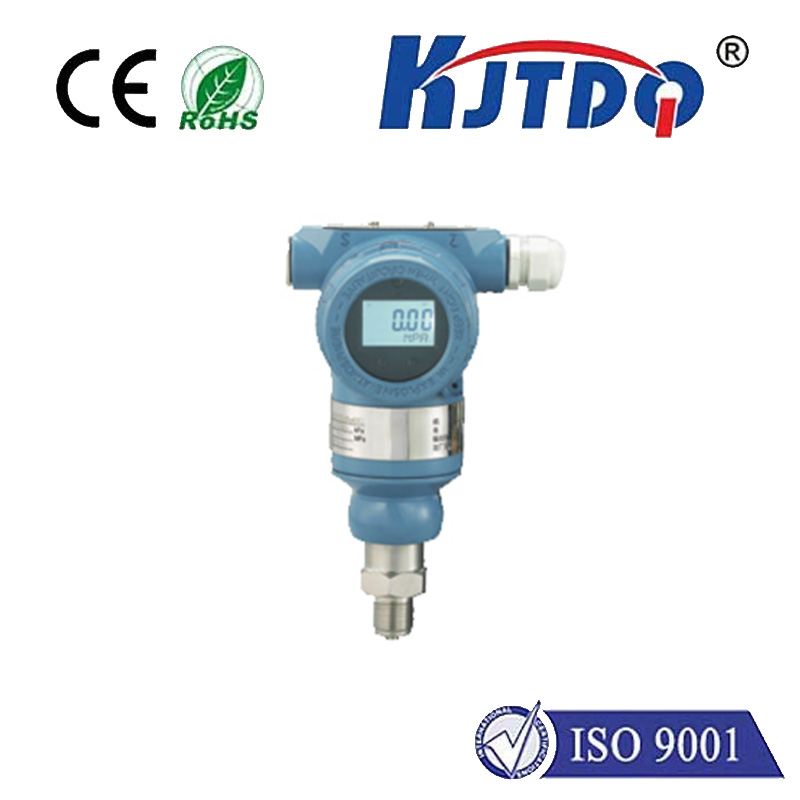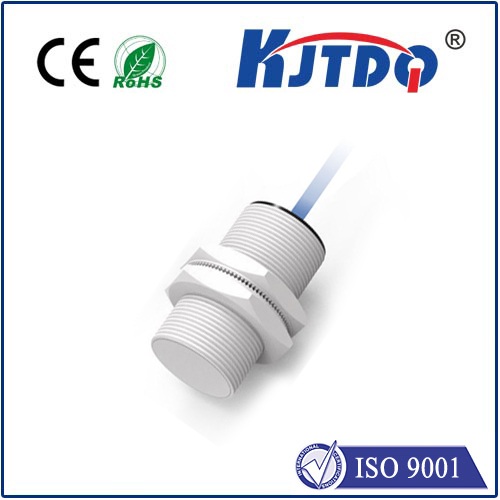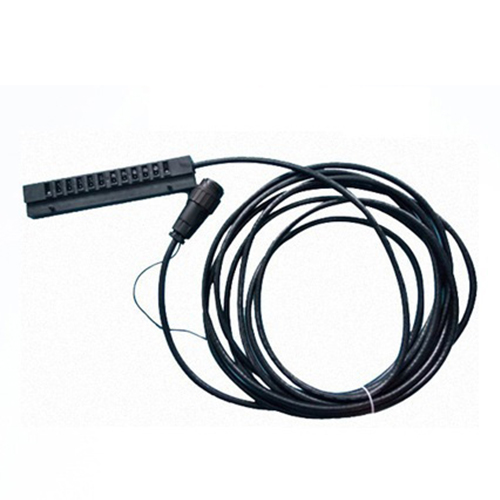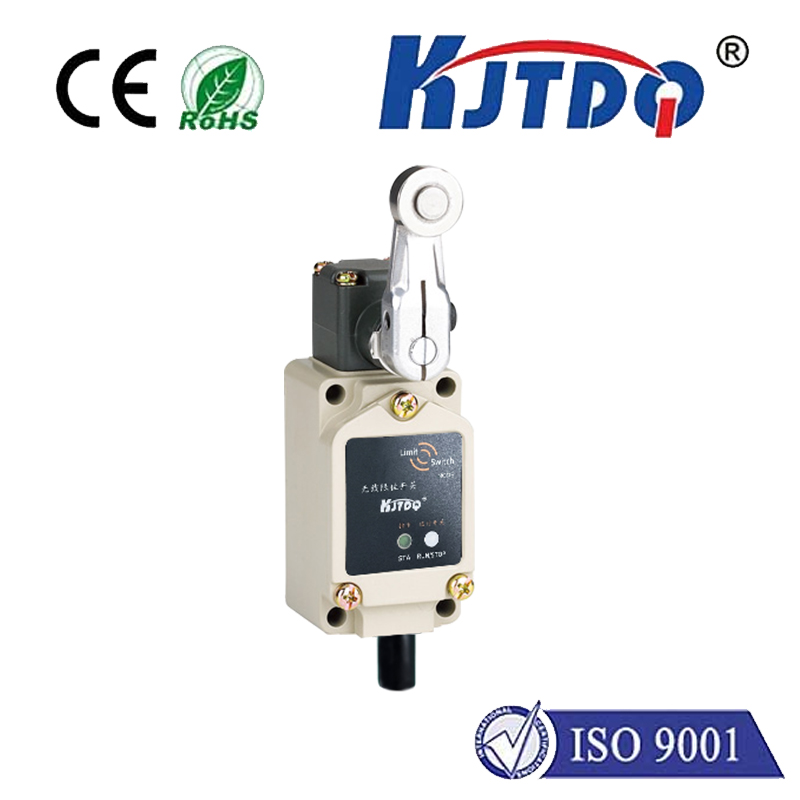laser light curtain
- time:2025-09-13 01:45:53
- Click:0
The Invisible Shield: How Laser Light Curtains Revolutionize Safety & Automation
Imagine a busy factory floor: robotic arms welding with precision, massive presses shaping metal, automated conveyors humming. Now imagine a worker accidentally stepping too close, a tool slipping into a danger zone. The consequences could be catastrophic. This is where the silent, invisible guardian steps in: the laser light curtain. Far more than just beams of light, these sophisticated systems represent a quantum leap in machine safety and operational efficiency.
Laser light curtains, often called safety light curtains or opto-electronic protective devices (AOPDs), function as an invisible barrier. They consist of a transmitter emitting parallel, typically infrared, laser beams across a protected area to a receiver unit. When any object – a hand, arm, body, or even a tool – interrupts one or more of these beams, the system triggers an immediate, failsafe stop signal to the guarded machinery. This near-instantaneous reaction, often within milliseconds, is the cornerstone of their life-saving capability.
Why Choose Laser Light Curtains Over Physical Guards?
Traditional physical barriers, like cages or fences, provide protection but often come with significant drawbacks:

- Accessibility & Ergonomics: Physical barriers hinder operator access for tasks like loading, unloading, or maintenance, slowing down processes and potentially causing ergonomic strain.
- Reduced Visibility: Operators may struggle to see the machine process clearly through bars or mesh.
- Inflexibility: Adapting physical guards to different tasks or products can be time-consuming and costly.
Laser light curtains elegantly overcome these limitations:
- Unobstructed Access: They create a protective field without a physical barrier, allowing operators free movement up to the defined safe boundary for tasks like feeding materials. This boosts efficiency and ergonomics significantly.
- Clear Visibility: Operators maintain an unobstructed view of the machine operation, crucial for quality control and process monitoring.
- Flexibility: The detection field (height, width, resolution) can often be easily configured or programmed to suit specific applications or changing production needs. Their modular design facilitates adaptation.
- Enhanced Safety Integration: Modern light curtains seamlessly integrate with machine control systems (PLCs) via OSHA-compliant and ISO 13849/IEC 62061 safety circuits, ensuring a failsafe design.
Crucial Specifications: Beyond the Beam
Understanding key specifications is vital for selecting the right light curtain:
- Resolution (Beam Spacing): Determines the smallest object the curtain can detect. Finer resolutions (e.g., 14mm, 20mm, 30mm) are essential for finger/hand protection, while coarser resolutions (e.g., 40mm, 90mm) suit body detection or larger access points.
- Safety Distance: This critical calculation (based on standards like ISO 13855) determines how far the light curtain must be mounted from the hazard point to ensure the machine stops before human contact occurs. Factors include machine stopping time and curtain response time.
- Response Time: The speed at which the curtain detects an interruption and sends the stop signal. Faster times contribute to shorter safety distances.
- Protection Height: Determines the vertical coverage area the curtain protects.
- Safety Integrity Level (SIL) / Performance Level (PL): Indicates the system’s reliability in performing its safety function (e.g., SIL 2, PL d or PL e are common for personnel protection). Choosing the correct level is mandated by safety standards for risk assessment compliance.
- Mutual Interference Suppression: Essential in environments with multiple curtains to prevent cross-talk between systems.
- Environmental Rating: Look for ratings like IP65 or IP67 to ensure reliability against dust and water ingress in harsh industrial settings.
Where Laser Light Curtains Shine: Key Applications
- Press Brakes & Punching Machines: Providing crucial point-of-operation guarding while allowing operators to position material freely. Finger/hand protection resolution is paramount here.
- Robotic Workcells: Safeguarding the perimeter around robots, allowing safe human interaction for loading/unloading outside the active cell area.
- Material Handling & Conveyors: Protecting pinch points, nip points, and access zones on automated lines.
- Packaging Machinery: Guarding access to moving parts like capper heads, fillers, and sealing stations during operation.
- Plastics Machinery: Protecting access points to injection molding machines or extruders.
- Automated Assembly: Safeguarding hazardous zones in complex assembly stations.
Implementation: More Than Just Mounting
Successful light curtain deployment requires careful planning:
- Thorough Risk Assessment: Identify all hazards and determine the required level of performance (SIL/PL) and resolution.
- Accurate Safety Distance Calculation: This is non-negotiable for effective protection. Utilize formulas based on machine stopping time and curtain response time, adhering strictly to ISO 13855.
- Secure Mounting & Alignment: Ensure rigid mounting to prevent vibration-induced misalignment. Precise transmitter-receiver alignment is essential for reliable operation.
- Integration into the Safety Circuit: Connect the light curtain’s OSSDs (Output Signal Switching Devices) into the machine’s safety control system (e.g., safety relay, safety PLC) using redundant, monitored circuits meeting relevant safety standards. Bypass modes must be strictly controlled (e.g., key switches).
- Regular Testing & Maintenance: Perform routine function checks (e.g., daily startup tests) as required by standards and manufacturers. Keep lenses clean and check for physical damage or misalignment.
The Future: Smarter, More Integrated Protection
Laser light curtain technology continues to evolve:
- Smart Diagnostics: Advanced curtains provide detailed diagnostic information, simplifying troubleshooting and predictive maintenance.
- Blanking & Cascading: Sophisticated functions allow specific beams to be “blanked” (ignored) for fixed obstructions, or multiple curtains to be “cascaded” together for complex guarding patterns.
- Integration with IIoT: Connectivity for data logging on events, beam interruptions, and system health for broader Industry 4.0 analytics and predictive maintenance strategies.
Laser light curtains are not merely a safety device; they are an efficiency enabler. By replacing cumbersome physical barriers with an intelligent, invisible shield, they strike the optimal balance between protecting valuable human resources and maximizing machine productivity. In the relentless pursuit of safer, smarter factories, the laser light curtain stands as a foundational technology, silently ensuring that progress never compromises protection.






